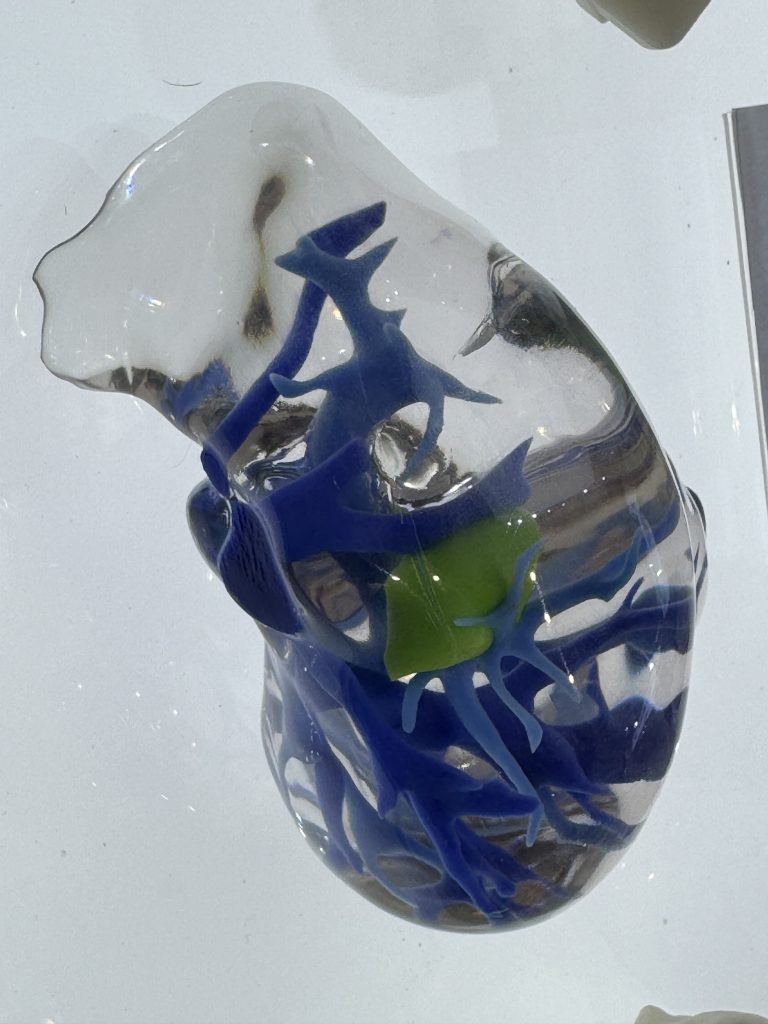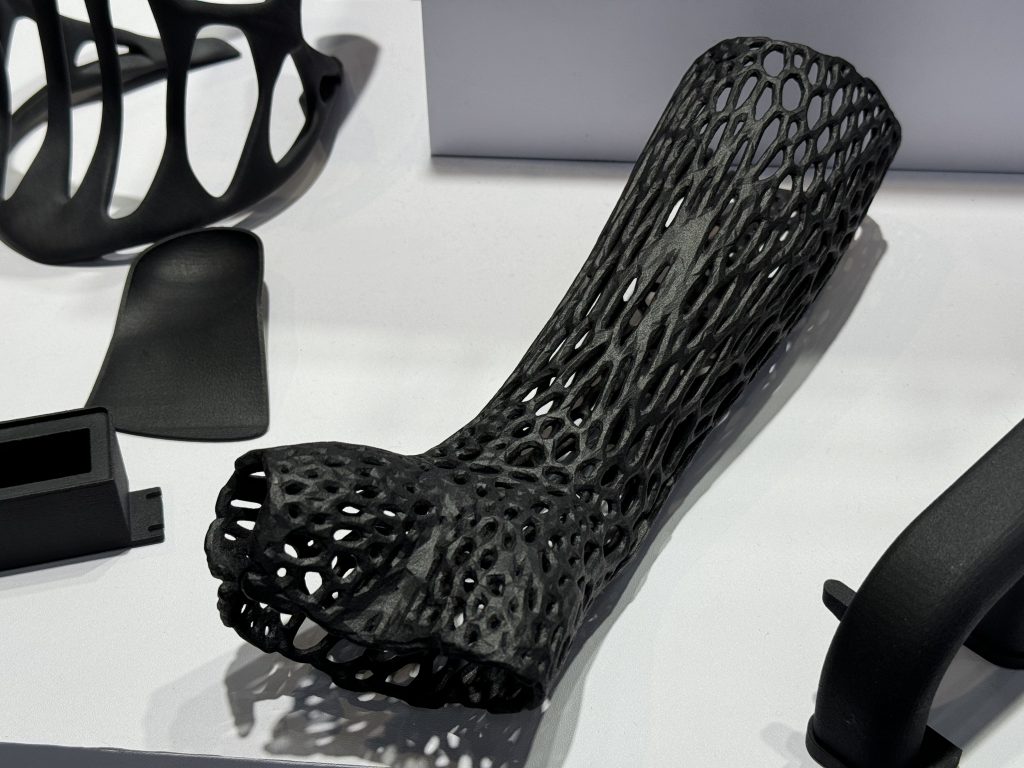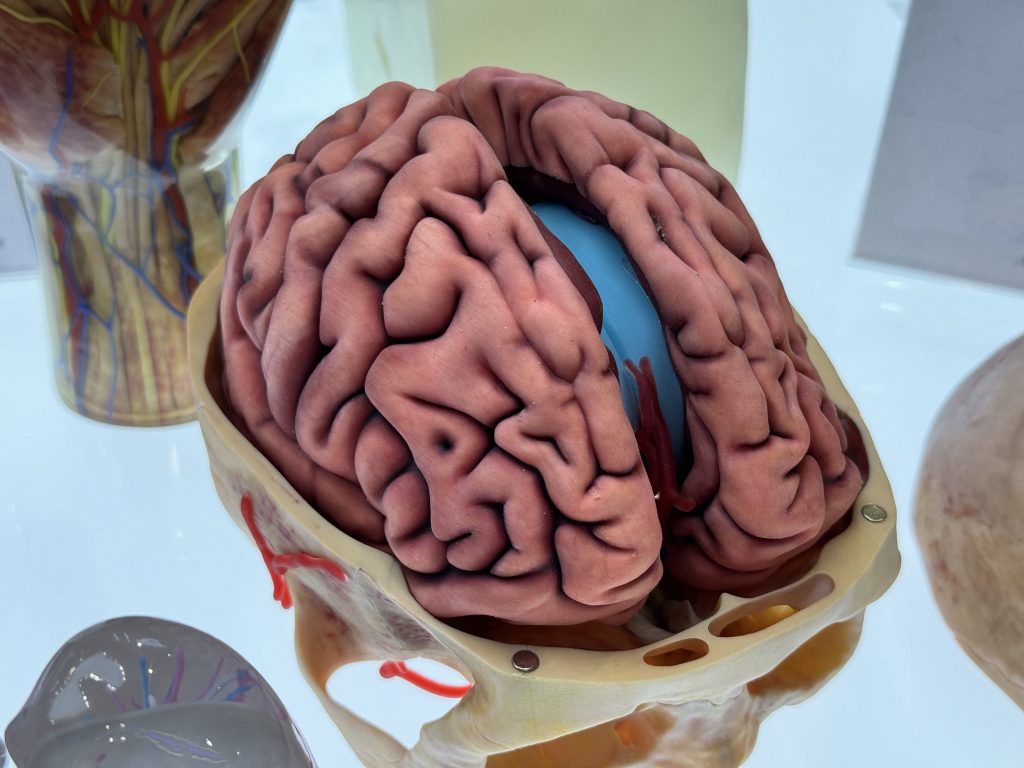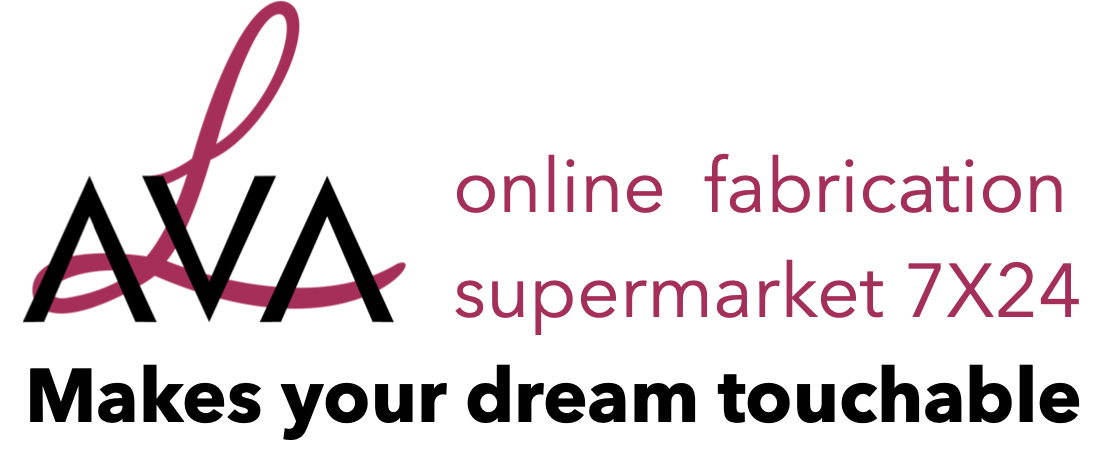Introduction
In the realm of healthcare, innovation is not just a buzzword. It’s a life saving force. Among the myriad of technological advancements reshaping medical applications, 3D printing, or additive manufacturing, stands as a beacon of transformative potential. This technology, by enabling the creation of intricate, personalized structures layer by layer from digital models, is pushing the boundaries of what is possible in surgical planning, prosthetics, tissue engineering, and more. This article delves into the remarkable advantages 3D printing brings to the medical field, illustrating its role as a game-changer in patient care.
1. Precision in Surgical Planning
Gone are the days of relying solely on 2D imaging for surgical planning, 3D printing allows for the production of exact replicas of a patient’s organs or bones, offering surgeons a tangible, scale model to study and plan procedures. These models facilitate a deeper understanding of complex anatomical structures, improving surgical precision and reducing operation times. In neurosurgery, for instance, a 3D printed brain model can aid in navigating around delicate blood vessels, minimizing risks and enhancing outcomes.

2. Personalized Prosthetics and Orthotics
Custom fit is no longer a luxury but a standard in prosthetics and orthotics thanks to 3D printing. Traditional methods often involve lengthy fitting processes and high costs. Conversely, 3D scanning combined with 3d printing technology can create perfectly tailored devices quickly and at a fraction of the cost. Patients, especially children who outgrow their devices rapidly, benefit from faster turnaround times and improved comfort, functionality, and aesthetics.

3. Advancements in Tissue Engineering and Regenerative Medicine
Perhaps the most futuristic yet promising aspect of 3D printing lies in its potential for bioprinting – the fabrication of living tissues and even organs. Researchers are making strides in using bioinks, composed of living cells and biomaterials, to print structures like skin, cartilage, and even heart tissue. This breakthrough holds the key to addressing organ transplant waiting lists, as well as facilitating drug testing and disease modeling on realistic biological tissues.
4. Education and Training
The tactile nature of 3D-printed anatomical models is revolutionizing medical education. Students and professionals alike can now study detailed replicas, enhancing their understanding of human anatomy beyond textbooks and computer simulations. This hands-on learning experience fosters better spatial awareness and surgical skills, preparing the next generation of healthcare providers for real-life surgical scenarios.

5. Cost-Efficiency and Accessibility
While initial setup costs can be high, 3D printing in the long run promotes cost-effectiveness by reducing waste, enabling on-demand production, and facilitating local manufacturing of medical equipment. This is particularly impactful in remote areas or developing countries where access to specialized medical devices can be limited. By decentralizing production, 3D printing can bridge healthcare gaps and improve global health equity.
Conclusion
3D printing is not merely an incremental improvement in medical technology. It is a paradigm shift. Its ability to personalize treatment, enhance surgical precision, push the frontiers of regenerative medicine, revolutionize education, and promote accessibility, underscores its status as a cornerstone of modern healthcare. As technology continues to evolve, we can only anticipate further innovations that will redefine what is achievable in healing and restoring human health. The future of medicine, quite literally, is being printed before our eyes.
